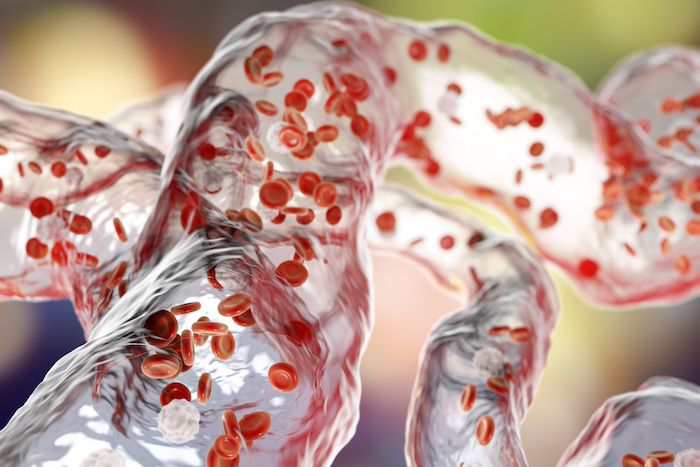Biologists don’t call them “the hidden kingdom” for nothing. With an estimated 5 million species, only a mere 100,000 fungi are known to scientists. This kingdom, which includes molds, yeasts, rusts and mushrooms, receives far less attention than plants or animals. This is particularly true for fossils of fungi, most of which are discovered while hunting for more charismatic, at least to the eyes of some, plant fossils.
Fungi were key partners of plants during their colonization of land approximately 500 million years ago – an important and well-documented evolutionary transition. Therefore, it is unsurprising that the earliest fungal fossils, found in 450 million-year-old rocks, resemble modern species associated with the roots of plants. But that conflicts with DNA-based estimates, which suggest that fungi originated much earlier – a billion or more years ago. It’s a riddle in the tree of life that evolutionary biologists like me have long been puzzled about.
Fossils Versus DNA








